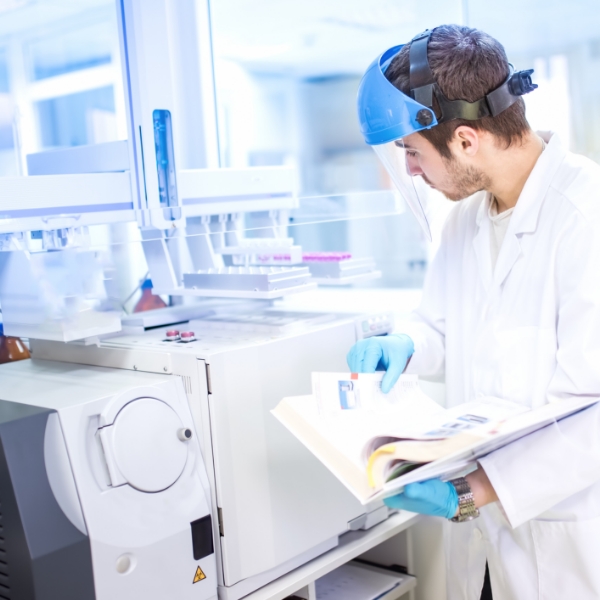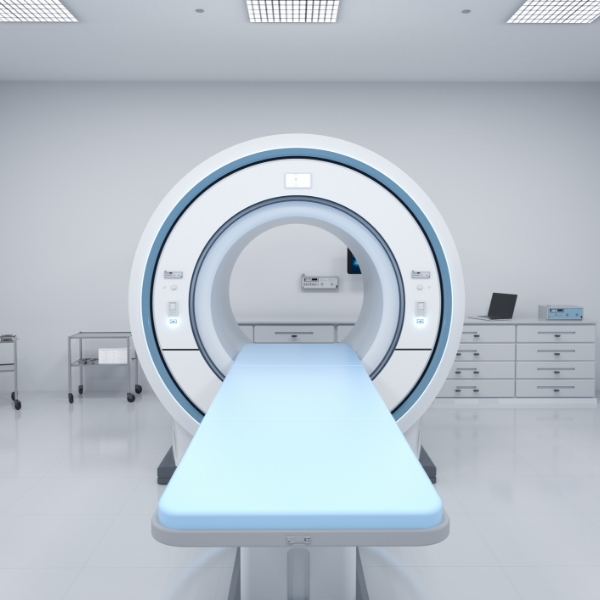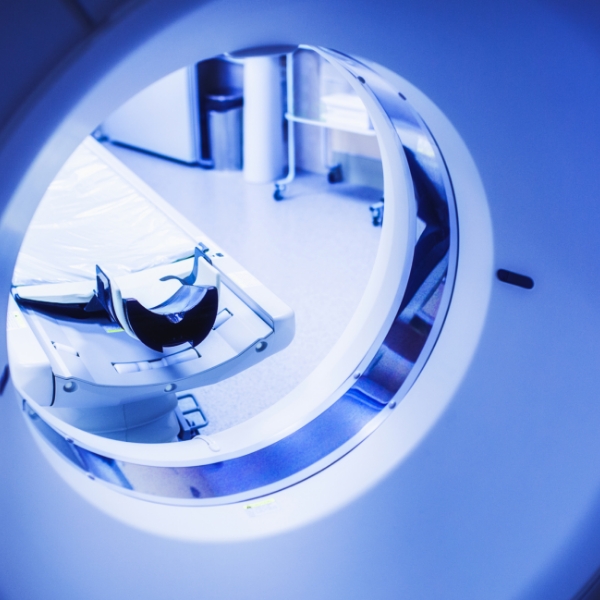Introduction
Radon gas and its progeny have naturally occurring radioactivity. Such gas can come from rocks, soil and water. It can enter homes through cracks, holes or the building material itself, and can accumulate inside, but is invisible and odorless.
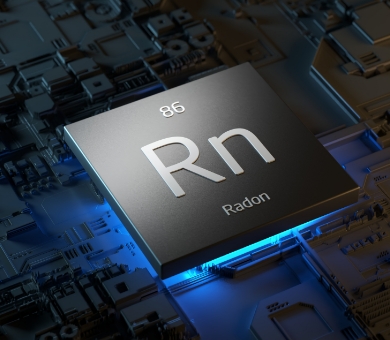
The radioactive noble gas radon (222Rn) is generated in nature due to the decay chain of 238U;
In indoor enclosures, the variation in radon concentration is influenced by environmental conditions and radon inputs from soil and building materials.
Epidemiological studies show a clear correlation between inhalation of short-lived radon progeny and increased risk of developing lung cancer.
Study of radon gas in buildings
Collaboration of ACPRO with the Diputació de Barcelona in the study of radon gas in municipal buildings of Masnou (El Maresme, Barcelona)
+ 2000
Controlled X-ray equipment
+ 70
Radioactive
facilities
+ 80
Editions
of courses
+ 96%
Satisfied students

Radon gas in workplaces
Radon gas is a colourless, odourless, tasteless radioactive gas that forms naturally from the radioactive transformation of uranium in the earth’s crust; It can accumulate in enclosed spaces such as dwellings, buildings and workplaces; Prolonged exposure to radon at elevated levels is associated with an increased risk of lung cancer; To ensure the safety of workers in places where radon accumulation may occur, it is important to carry out measurement and monitoring campaigns;

Contact us for advice on how to carry out a study of radon levels in your workplace:
Royal Decree 1029/2022 regulates exposure to radon gas in workplaces, identifying those that require a mandatory radon exposure assessment:

Radon gas in the Technical Building Code (CTE);
Radon gas is a colourless, odourless, tasteless radioactive gas that forms naturally from the radioactive transformation of uranium in the earth’s crust; It can accumulate in enclosed spaces such as dwellings, buildings and workplaces; The CTE contemplates a series of measures to encourage/facilitate/provide that both refurbished and newly built dwellings comply with radon gas health requirements; We offer a range of services to support companies in the construction sector:
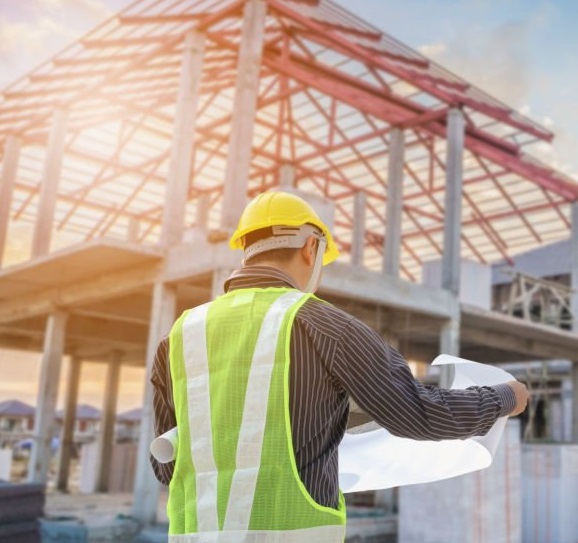
Contact us for advice on how to comply with the CTE in relation to radon gas;

Estimated annual doses
Carried out primarily on the basis of measured concentrations and dose coefficients;

Main parameters involved in going from air concentrations to estimated dose:

Remediation measures
Depending on the concentration found, there are different options to reduce the radon concentration.
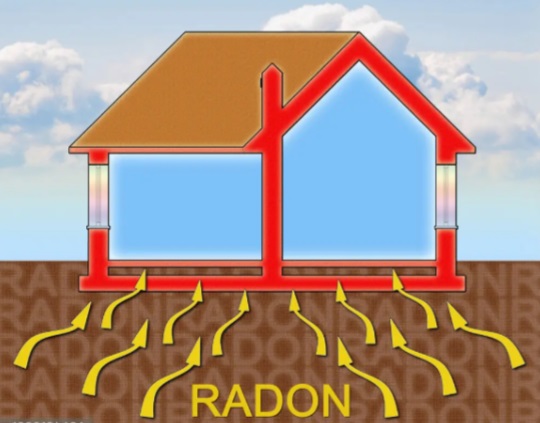
Do you want to know more about our services related to radon exposure?
Leave us your email and we will contact you as soon as possible.


